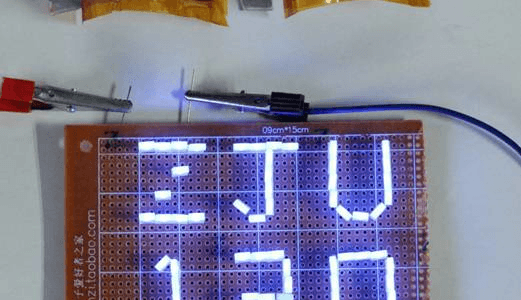Al-ion battery retains 92% capacity after 250,000 charge cycles
January 10, 2018
on
on

AIBs (Aluminum-Ion Batteries) offer some significant advantages over established battery technology: They use cheap, non-combustible materials and high-capacity aluminum anodes based on three-electron redox properties. Until recently the battery has suffered from poor cathodic performance which limits the battery’s capacity, maximum current and number of charge cycles. They offer poor performance compared to Li-ion batteries and supercaps. A Chinese research team however has succeeded in making significantly improvements to AIB technology.
The team led by GAO Chao at the ZJU's Department of Polymer Science has developed a 3H3C (Trihigh Tricontinuous) design to produce an ideal graphene-film cathode with excellent electrochemical properties.
An arrangement of graphene liquid crystals result in a highly oriented structure. A process of high temperature annealing under gas pressure produces a high quality and high channeling graphene structure. This 3H3C design creates an aluminum-graphene battery (Al-GB) which has impressive properties; firstly it achieves an enormous number of cycles; after 250,000 charges cycles the battery capacity drops to 91.7% of its original value. In addition it offers a high current capacity (111 mAh / g 400 A / g based on the cathode), an operating temperature range from -40 to 120 ° C and the materials used are not flammable.
Together with planned developments in the field of low-cost electrolytes, the AlG battery could be a real competitor for high power density, capacitor-based, energy storage systems. In addition, this 3H3C process can also be applied to other electrode materials to improve their electrochemical properties.
A report on the research results appeares in the journal Science Advances.
The team led by GAO Chao at the ZJU's Department of Polymer Science has developed a 3H3C (Trihigh Tricontinuous) design to produce an ideal graphene-film cathode with excellent electrochemical properties.
An arrangement of graphene liquid crystals result in a highly oriented structure. A process of high temperature annealing under gas pressure produces a high quality and high channeling graphene structure. This 3H3C design creates an aluminum-graphene battery (Al-GB) which has impressive properties; firstly it achieves an enormous number of cycles; after 250,000 charges cycles the battery capacity drops to 91.7% of its original value. In addition it offers a high current capacity (111 mAh / g 400 A / g based on the cathode), an operating temperature range from -40 to 120 ° C and the materials used are not flammable.
Together with planned developments in the field of low-cost electrolytes, the AlG battery could be a real competitor for high power density, capacitor-based, energy storage systems. In addition, this 3H3C process can also be applied to other electrode materials to improve their electrochemical properties.
A report on the research results appeares in the journal Science Advances.
Read full article
Hide full article


Discussion (0 comments)